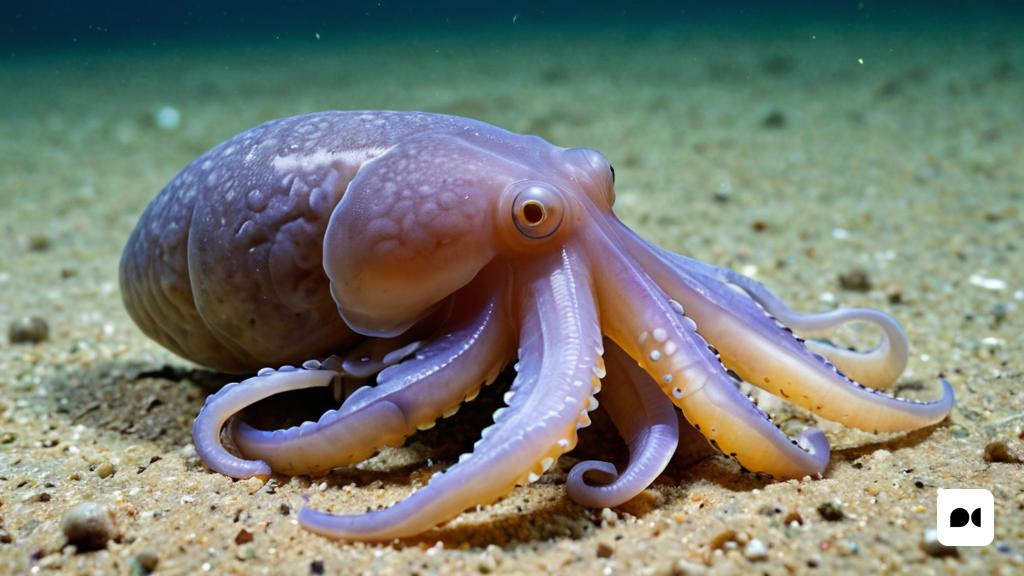Anisakiosis and its dangers
Anisakiosis is a condition caused by the anisakis parasite, present in fish and cephalopods such as squid, octopus and cuttlefish. This parasite can cause digestive problems and severe allergic reactions in consumers. It is important to know how to avoid its presence in food to ensure health.
Risks in the consumption of fish and cephalopods
According to a study by the Organization of Consumers and Users (OCU), up to 36% of the fish consumed in Spain may contain anisakis, with the majority coming from the Cantabrian. In addition, the Vigo Marine Research Institute has identified more than 8,000 anisakis infections per year throughout the State. The pike is the fish with the most presence of anisakis, followed by the mackerel, the sorrel and the cod. However, all fish and cephalopods, including freshwater and saltwater, can be infected.
Less risky fish
Molluscs such as mussels, clams and cockles, as well as salted and dried fish, are safe choices as they pose no risk of anisakis. Also, cooking the fish to a temperature above 60 degrees kills the parasite, making it safe for consumption. Fish such as trout, carp and perch from inland waters are also virtually free of anisakis.
How to detect anisakis
Detection of anisakis can be performed by visual inspection, detection methods such as bright light examination, and advanced techniques such as X-ray inspection. It is important to follow these guidelines to ensure food safety.

